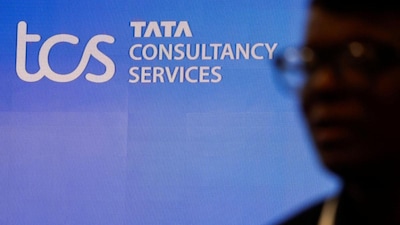Despite missing Street estimates on revenue and net profit, the analyst commentary on TCS’s performance has been positive on the back of early signs of revival of discretionary spending and the firm’s robust order book.
Samir Seksaria, chief financial officer of TCS, in an interview with Urvi Malvania and Ayanti Bera, talked about operational efficiencies, emerging market growth, and client trends favouring projects with quicker returns. He also said that any proposed changes in H-1B visa norms like raising minimum salaries and levying an annual visa maintenance charge will have minimal impact on TCS. Excerpts:
Are IT companies out of the woods, given signs of discretionary spending revival and policy clarity in the US?
It’s premature to say the IT sector, or even TCS, is entirely out of the woods. While we’ve observed early signs of revival, unforeseen geopolitical or macroeconomic factors could disrupt discretionary spending. These factors remain critical and need constant monitoring.
Also Read South Western Railway announces partial cancellation, diversion of trains for track maintenance Poco F7, F7 Pro quick review: Limitless value? What kinds of operational efficiencies helped TCS improve margins in Q3?
Margins were driven by three key levers: productivity, utilisation, and workforce composition (pyramid structure). Utilisation involved optimising the existing resource pool by making trainees billable and enhancing bench efficiency. With over 11,000 employees added in Q1 and Q2, TCS optimised this capacity in Q3. Productivity was enhanced by streamlining processes and leveraging tools like AI/GenAI to perform tasks more efficiently with fewer resources. The pyramid structure, which balances the workforce mix across trainees, juniors, and seniors, helped optimise cost per employee, directly supporting margins.
How are AI projects shaping returns?
It’s still early days to quantify returns on AI initiatives. These engagements are currently small-scale and focused on specific use cases that drive productivity and efficiency. While they don’t yet contribute significantly to our $7.5-billion quarterly revenue, the projects now entering production are increasingly complex, signaling a shift towards greater adoption.
Are cost-optimisation deals still the primary focus for clients?
The overall pipeline reflects a mix of cost optimisation and business transformation. However, the current emphasis leans towards cost optimisation, primarily through vendor consolidation. Clients aim to enhance efficiency in existing operations while exploring opportunities in emerging technologies. On the transformation front, technology modernisation,
» Read More


